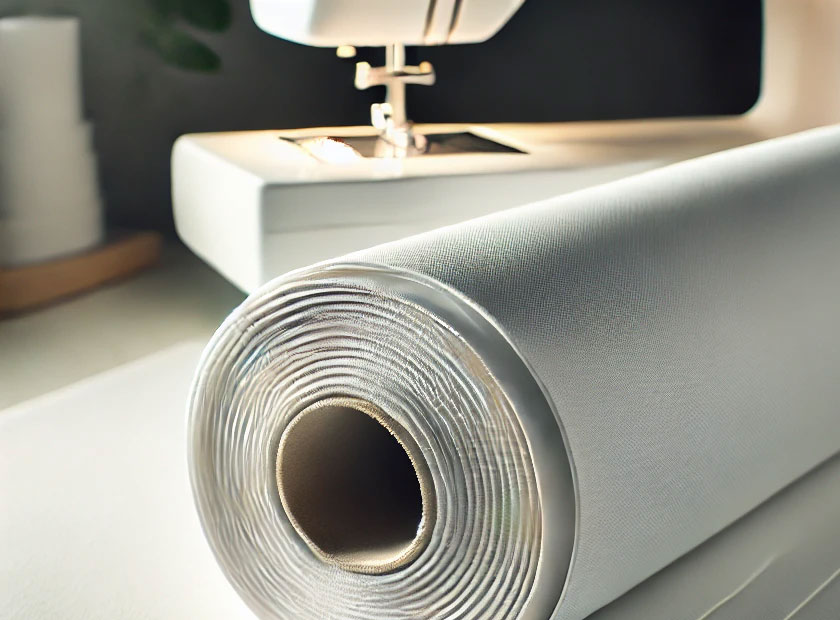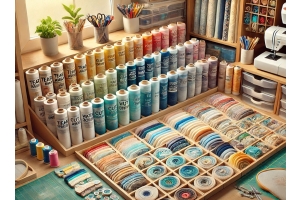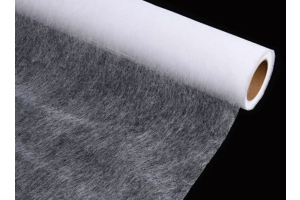Achieve Consistent, and Repeatable Results with Fabrictex Embroidery Stabilizers

Achieve Consistent, Predictable, and Repeatable Results with Fabrictex Embroidery Stabilizers
Embroidery is an intricate craft that relies on precision, stability, and durability. At Fabrictex, we understand the importance of using high-quality materials to ensure your embroidery projects achieve professional results. One of the most crucial elements in embroidery is the stabilizer, which provides the foundation that supports your fabric and keeps your design in place during stitching. That's why we are proud to offer premium-grade stabilizers imported from Mexico, designed to deliver consistent, predictable, and repeatable results with every use.
Why Fabrictex Stabilizers Make a Difference
Our stabilizers are manufactured under strict quality control standards, ensuring that each product offers the same level of performance. Whether you're working on delicate fabrics like silk or sturdy materials like denim, Fabrictex stabilizers provide the stability and support needed to create crisp, clean embroidery. Here's why Fabrictex stabilizers stand out:
- Premium Materials for Reliable Performance
- We use top-quality fibers in our stabilizers to provide uniformity and reliability. Unlike cheaper stabilizers, which can vary in thickness and strength, Fabrictex stabilizers maintain a consistent texture, ensuring your fabric remains stable throughout the entire embroidery process. This consistency is crucial for avoiding issues such as puckering, stretching, or design distortion.
- Versatile Stabilizer Options
- Fabrictex offers a range of stabilizers tailored to different embroidery needs. Whether you need tear-away, cut-away, or water-soluble stabilizers, each option is crafted to perform optimally on specific fabric types and design complexities. By choosing the right stabilizer for the job, you can expect smooth, professional results every time.
- Durability for Repetitive Use
- Fabrictex stabilizers are built to withstand the demands of both home and commercial embroidery machines. They resist tearing, shredding, and shifting, even under the most intricate stitching. This ensures that, no matter how complex your design, you can rely on the stabilizer to hold the fabric in place without fail, producing repeatable results across multiple projects.
- Smooth Removal Process
- One of the key challenges with lower-quality stabilizers is the difficulty of removing them cleanly after the embroidery is complete. Fabrictex stabilizers are engineered for easy removal without leaving behind residue or damaging delicate fabrics. This allows your designs to shine without any remnants of the stabilizer detracting from the final product.
Problems with Low-Quality Stabilizers
Choosing a cheap, poorly made stabilizer can introduce numerous problems into your embroidery projects. Here are some of the most common issues that arise when using subpar materials:
- Inconsistent Thickness
- Low-grade stabilizers often suffer from inconsistencies in thickness. Some areas may be too thick, leading to stiff or bulky embroidery, while others may be too thin, causing weak support. This variability can lead to unpredictable results, where some sections of your design may be smooth while others are distorted or puckered.
- Stretching and Shifting
- Poor-quality stabilizers may stretch or shift during stitching, resulting in misaligned designs. The lack of support can also cause the fabric to stretch, particularly with knit materials, leaving you with an uneven, distorted finished product.
- Tearing During Embroidery
- Cheaper stabilizers tend to tear or disintegrate under the pressure of fast embroidery machines. Once the stabilizer rips, the fabric is left unsupported, leading to a ruined design. Additionally, stabilizers that tear easily can make hooping difficult, resulting in wrinkles and uneven tension on the fabric.
- Difficult Removal
- Some low-cost stabilizers are difficult to remove cleanly after embroidery. They can leave behind unwanted fibers or adhesive residue, which is particularly problematic on delicate fabrics. This can tarnish the final appearance of your project and may require extra time and effort to fix.
- Damage to Fabric
- Poorly made stabilizers can sometimes cause fabric damage. For example, overly stiff stabilizers may cause tearing or leave noticeable marks on the fabric after removal. This is especially problematic when working with thin or delicate materials, as the stabilizer’s poor quality can ruin an otherwise perfect design.







